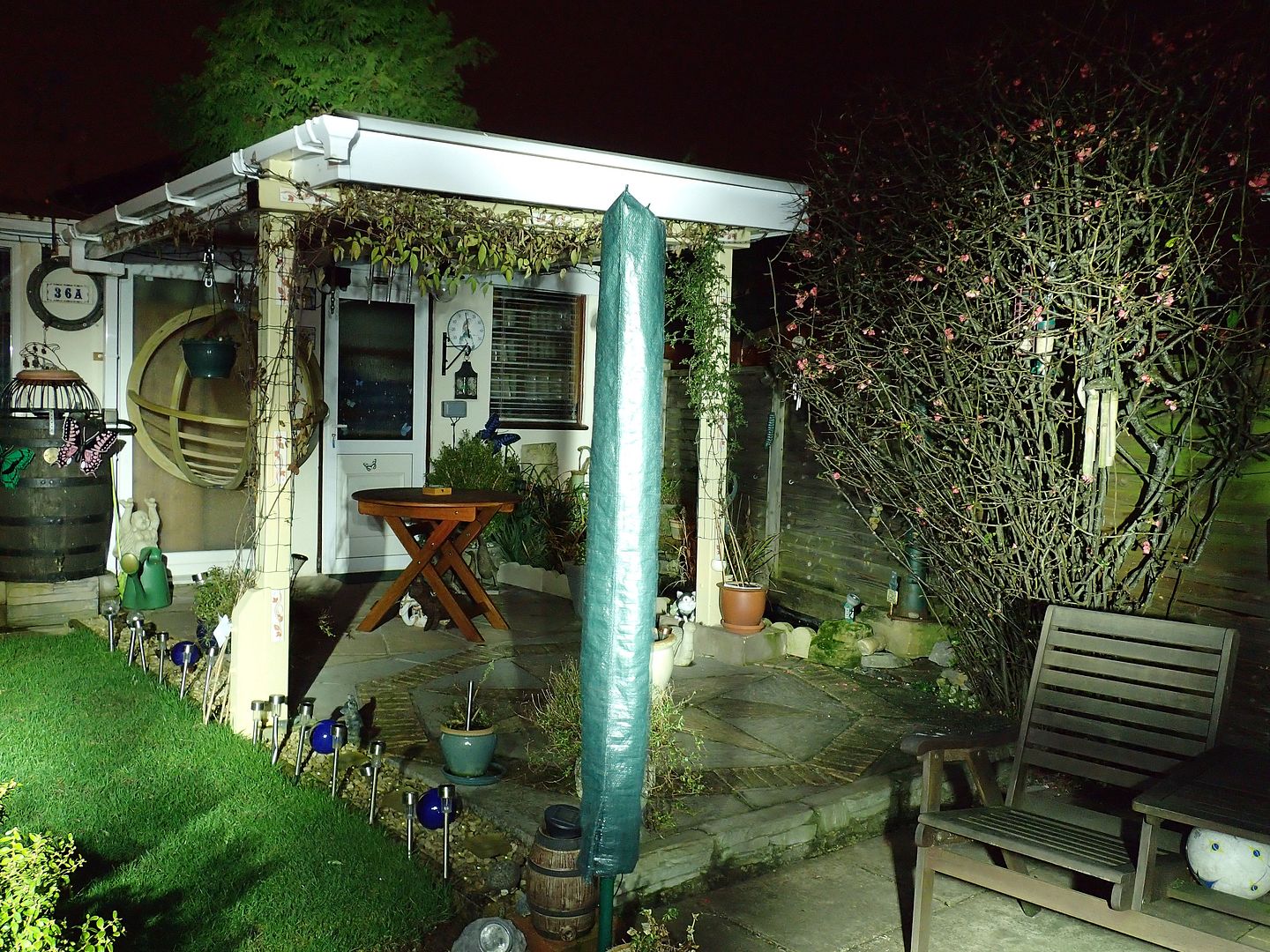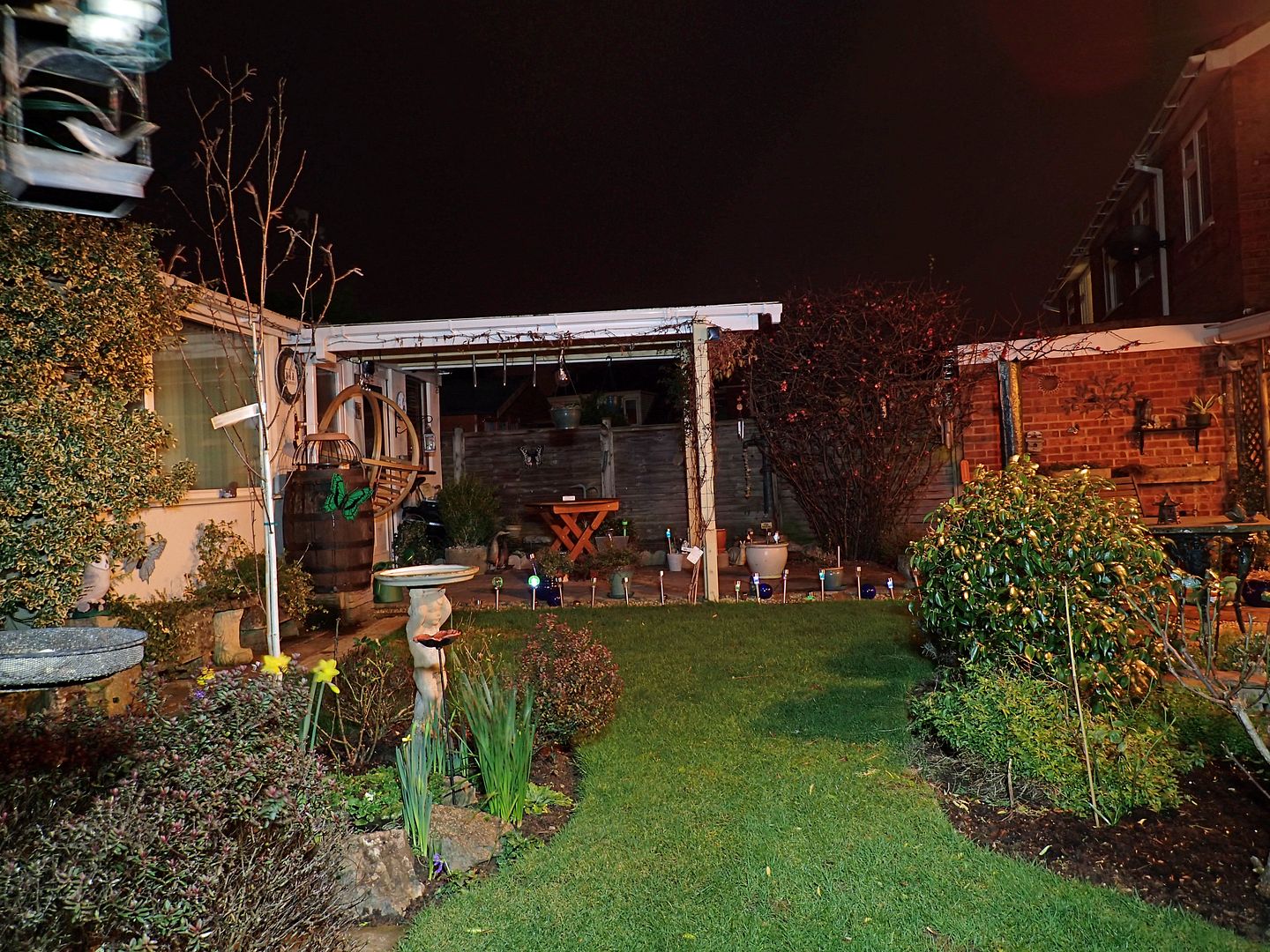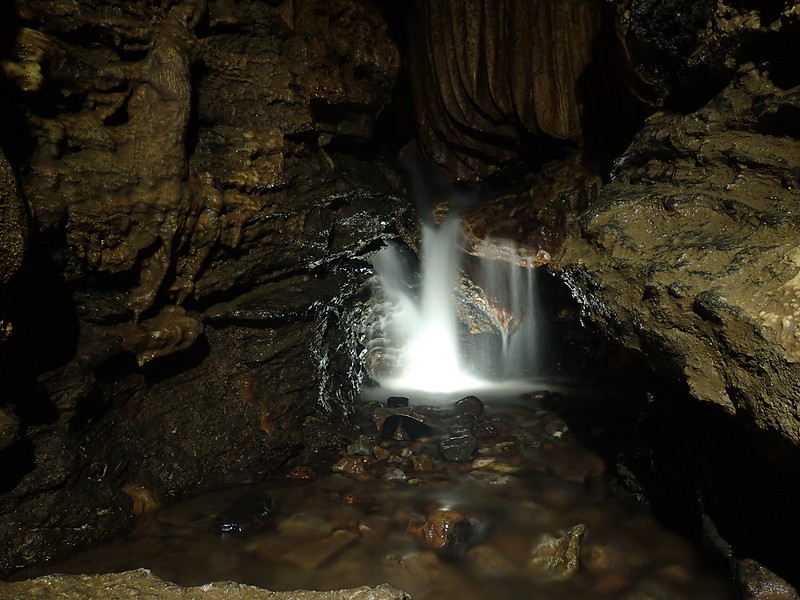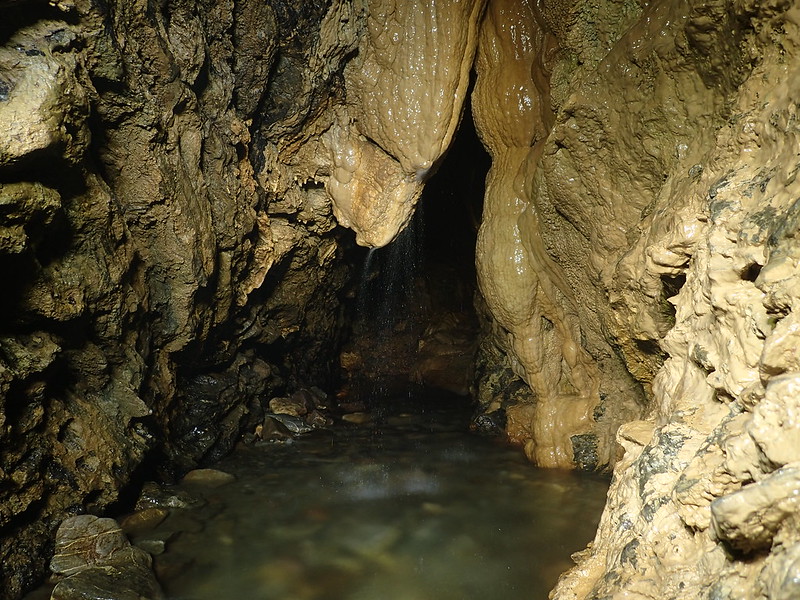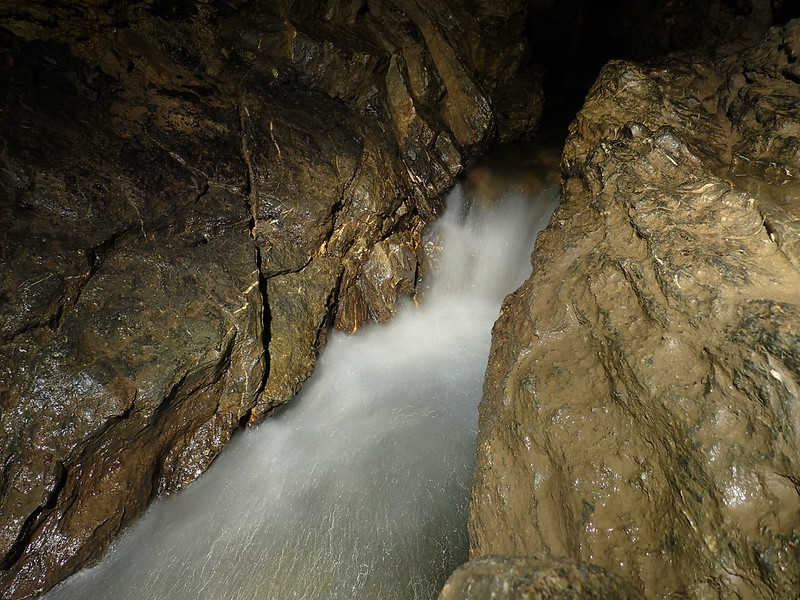Duncan S
New member
Having read elsewhere on UKC about the Light Composite mode included on the Olympus Tough TG-4, I decided to do some tests before taking it underground.
Judi and I both have TG-4s and are keen to work how to get the best of them underground, so we met up and put them though their paces.
The only lighting was our caving lamps, Judi was using her Biff Light, and I was using my Phaethon Dual. We both had tripods which we used for the Live Composite tests.
Here's my results...
First, a tree lit using 1000 lumen flood and hand held in P mode. It's not sharp enough to print to A4.
It looks like the image stabilisation isn't in the same league as my little Fuji X30 or is typical in other current generation enthusiast compacts. This shot was hand held at 1/8s and is the sharpest of the two I took. I'd expect my X30 to get at least half the images critically sharp hand held at 1/4s!

Light Composite on the other hand - WOW!
Here's my first attempt which was painted using the Pheathon spot, low power at the front and high power at the back.
I only took the one shot - mission accomplished!

For this final shot I decided to try leaving out the front illumination, using only strong back lighting.
The smaller branches were thrashing around in the strong wind, hence the ghostly look they have.

It looks like Light Composite mode lives up to the hype - these shots were trivial to set up.
I think carrying just the TG-4 with a tiny tripod will allow me to create spectacular images in chambers of all sizes.
I can't wait to give it a try underground
Judi and I both have TG-4s and are keen to work how to get the best of them underground, so we met up and put them though their paces.
The only lighting was our caving lamps, Judi was using her Biff Light, and I was using my Phaethon Dual. We both had tripods which we used for the Live Composite tests.
Here's my results...
First, a tree lit using 1000 lumen flood and hand held in P mode. It's not sharp enough to print to A4.
It looks like the image stabilisation isn't in the same league as my little Fuji X30 or is typical in other current generation enthusiast compacts. This shot was hand held at 1/8s and is the sharpest of the two I took. I'd expect my X30 to get at least half the images critically sharp hand held at 1/4s!

Light Composite on the other hand - WOW!
Here's my first attempt which was painted using the Pheathon spot, low power at the front and high power at the back.
I only took the one shot - mission accomplished!

For this final shot I decided to try leaving out the front illumination, using only strong back lighting.
The smaller branches were thrashing around in the strong wind, hence the ghostly look they have.

It looks like Light Composite mode lives up to the hype - these shots were trivial to set up.
I think carrying just the TG-4 with a tiny tripod will allow me to create spectacular images in chambers of all sizes.
I can't wait to give it a try underground







